About the Author
Gillian Price has trekked throughout Asia and the Himalayas, but now lives in Venice and is exploring the mountains and flatter bits of Italy. Starting in the Italian Dolomites, Gillian has written outstanding Cicerone guides to walking all over Italy as well as Corsica and Corfu. An adamant promoter of public transport to minimise environmental impact, Gillian is a member of Mountain Wilderness and in 2009 was elected as a councillor to the Venice branch of the Italian Alpine Club. Check her out at www.gillianprice.eu.
Other Cicerone guides by the author
Across the Eastern Alps: E5
Alpine Flowers
Gran Paradiso: Alta Via 2 Trek and Day Walks
Italys Sibillini National Park
Shorter Walks in the Dolomites
The Tour of the Bernina
Through the Italian Alps the Grande Traversata delle Alpi (GTA)
Trekking in the Alps (contributor)
Trekking in the Apennines the Grande Escursione Appenninica (GEA)
Trekking in the Dolomites
Walking and Trekking on Corfu
Walking in Italys Stelvio National Park
Walking in Sicily
Walking in the Central Italian Alps
Walking in the Dolomites
Walking in Umbria
Walking on Corsica
Walking on the Amalfi Coast
Walking the Italian Lakes
Walks and Treks in the Maritime Alps
WALKING IN TUSCANY
by Gillian Price
JUNIPER HOUSE, MURLEY MOSS,
OXENHOLME ROAD, KENDAL, CUMBRIA LA9 7RL
www.cicerone.co.uk
Gillian Price 2018
Fourth edition 2018
ISBN: 978 1 85284 712 8
Third edition 2006
Printed in China on behalf of Latitude Press Ltd
A catalogue record for this book is available from the British Library.
All photographs are by the author unless otherwise stated.
 Route mapping by Lovell Johns www.lovelljohns.com
Route mapping by Lovell Johns www.lovelljohns.com
Contains OpenStreetMap.org data OpenStreetMap contributors, CC-BY-SA. NASA relief data courtesy of ESRI
Acknowledgements
First of all, grazie di cuore to Nicola for sharing these fantastic walks and supplying GPS tracks and suggestions. Thanks to my dear parents, Bet and Dave, who survived the books reconnaissance stages, bashing through scrub and braving hazardous brambles in the search for elusive Etruscan tombs. Anna and Colleen came along later, then for this fourth edition Marg and Libby joined us to rediscover the mysteries of Pitigliano, while Laura guided us up and down her beloved Alpi Apuane.
Updates to this Guide
While every effort is made by our authors to ensure the accuracy of guidebooks as they go to print, changes can occur during the lifetime of an edition. Any updates that we know of for this guide will be on the Cicerone website (www.cicerone.co.uk/712/updates), so please check before planning your trip. We also advise that you check information about such things as transport, accommodation and shops locally. Even rights of way can be altered over time.
The route maps in this guide are derived from publicly available data, databases and crowd-sourced data. As such they have not been through the detailed checking procedures that would generally be applied to a published map from an official mapping agency, although naturally we have reviewed them closely in the light of local knowledge as part of the preparation of this guide.
We are always grateful for information about any discrepancies between a guidebook and the facts on the ground, sent by email to updates@cicerone.co.uk or by post to Cicerone, Juniper House, Murley Moss, Oxenholme Road, Kendal, LA9 7RL.
Register your book: To sign up to receive free updates, special offers and GPX files where available, register your book at www.cicerone.co.uk.
Front cover: The splendid town of Pitigliano in southern Tuscany (Walk 42)
CONTENTS

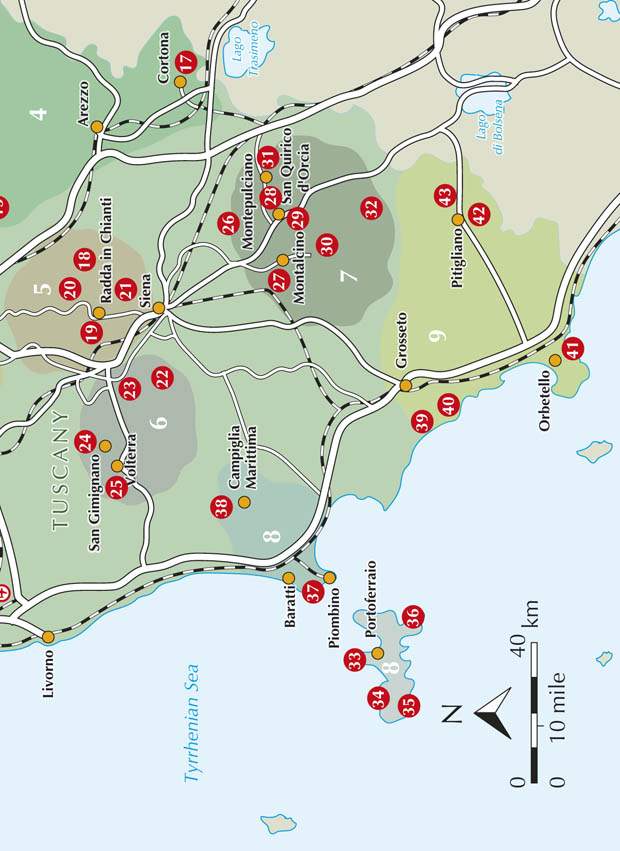
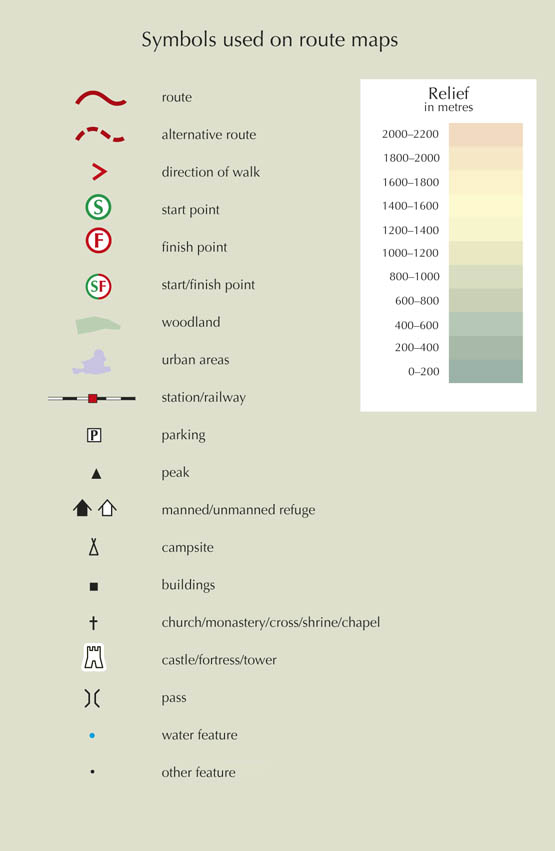

Torre Collelungo (Walk 39)
PREFACE TO THIS FOURTH EDITION
Extremely enjoyable wanderings through glorious Tuscany over the last few years have helped me extend this guide to little-visited corners and mountains of this justifiably world-famous region. But after all the walking came the hard part selecting the finest routes to offer readers a flavour of each distinctive district, without making the book too cumbersome.
So Walking in Tuscany has now been greatly expanded in scope and completely overhauled, old untenable routes removed and brand new ones added along with heaps of new photos, mapping and information ranging from public transport to food, wine and cosy places to stay. Buone camminate e buon appetito! Happy walking and enjoy your meals!

Cypress-lined Viale del Nonno leads back to Volpaia (Walk 20)
INTRODUCTION
One of Italys largest regions, glorious Tuscany is awesomely beautiful. Everywhere you look are landscapes like paintings, pristine hill villages and hamlets crafted from stone that seem unchanged since ancient times. Gently rolling hills are clothed with fields of golden wheat dashed scarlet by poppies. Winding lanes lined with pencil-straight cypress trees lead to inviting villas with views to picture-perfect hill towns of medieval and Renaissance splendour, recognised as UNESCO World Heritage Sites. Walking in Tuscany means all this and stacks more! The dense forests of the Casentino, rugged mountains of the Apennines and Apuane, Mediterranean maquis backing long sandy beaches in the Maremma on the Tyrrhenian coast, and theres even the stunning island of Elba, a world of its own.

The tiny lookout on Monte Penna (Walk 16)
Visiting Tuscany on foot is akin to making a voyage through time, as the region is riddled with historical pathways used by traders, pilgrims, armies and travellers since time immemorial. A breath of fresh air for visitors between the crowded art cities, the walks follow in the illustrious footsteps of the ancient Etruscans, the Romans, Hannibal, Saint Francis, Barbarossa, Dante, Leonardo da Vinci, Michelangelo, Caravaggio, Pinocchio, Giuseppe Verdi, Byron, Milton and DH Lawrence to mention just a few. Oh, food and wine play a big part too.
Thanks to the excellent capillary network of trains and buses, travel around Tuscany is both enjoyable and reliable, enabling visitors to enjoy the scenery without contributing unnecessarily to pollution.
Exploring Tuscany
To help visitors orient themselves, the 43 walks in this guidebook have been grouped into nine areas, each the focus of a separate chapter. Each chapter illustrates the areas distinctive character and gives a potted history along with essential practical information.

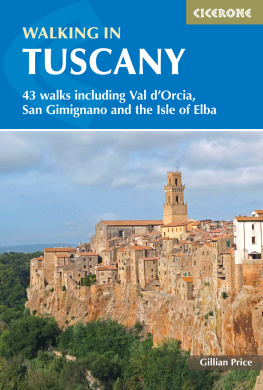
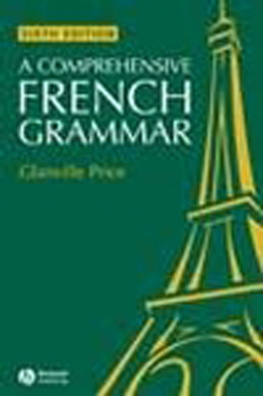







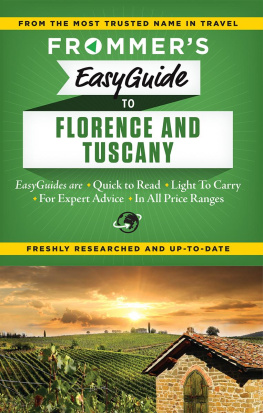
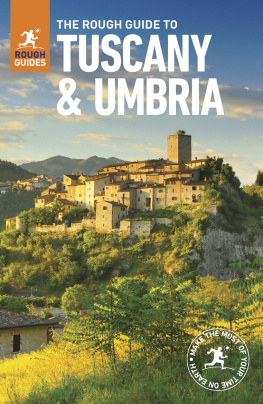
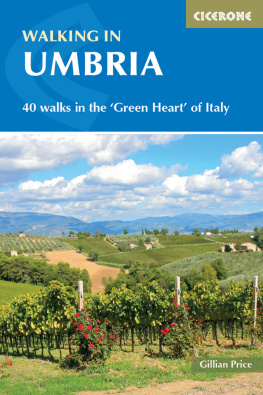
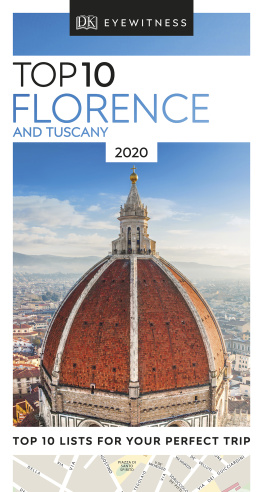

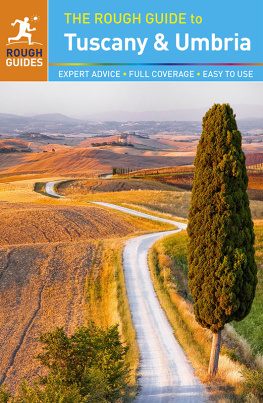
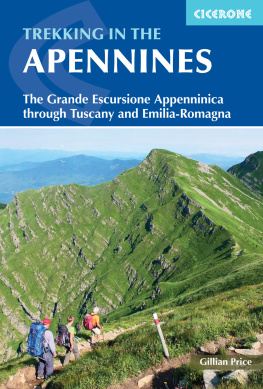
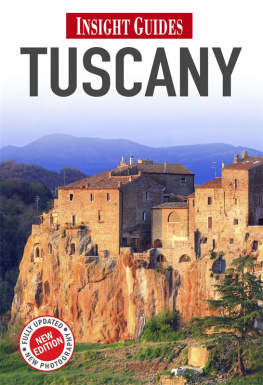
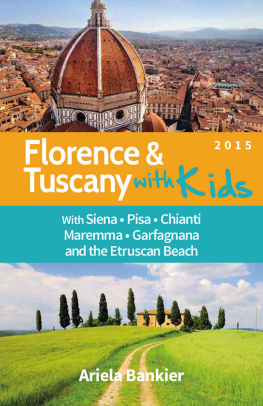


 Route mapping by Lovell Johns www.lovelljohns.com
Route mapping by Lovell Johns www.lovelljohns.com




